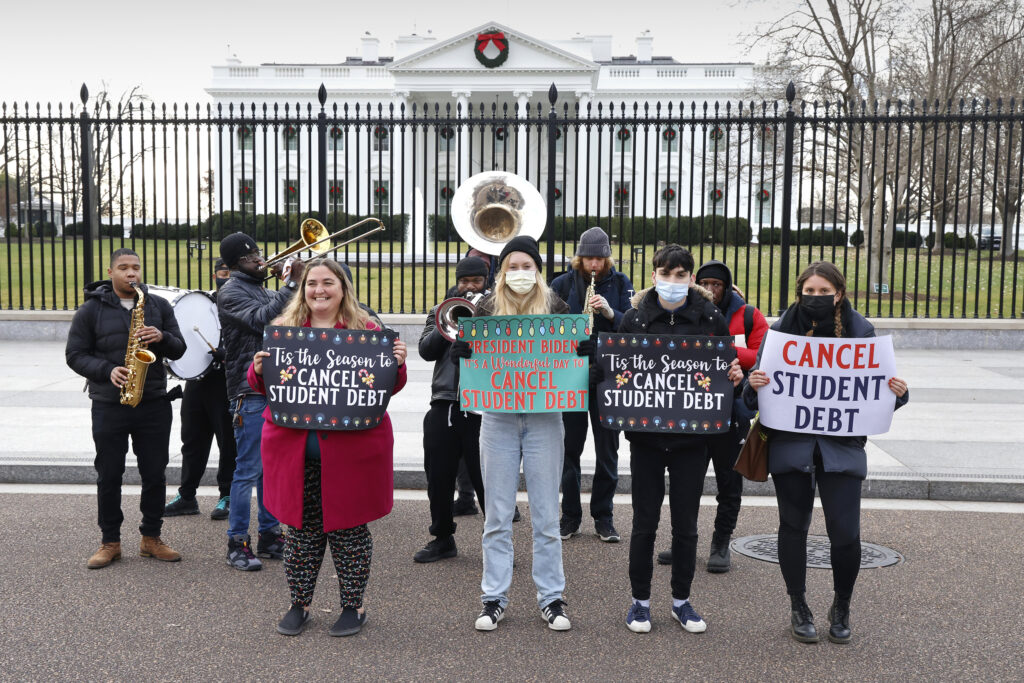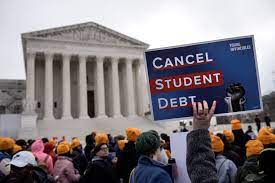President Joe Biden has created a plan, currently under review by the Supreme Court, to address the student loan debt crisis. His plan involves relieving $20,000 in student loans for federal aid borrowers, which is expected to cost $400 billion. This crucial decision could impact millions of adults in the U.S. who still suffer under the crushing weight of debt.
A total of 43 billion federal aid borrowers are estimated to owe around $1.6 trillion in student loan debt. This debt affects not only graduates, but also working adults years into their careers. The COVID-19 pandemic had made previously already dangerously high loan debts even higher.
President Biden’s plan to address the student loan debt crisis includes several key components. First, he has proposed to forgive $10,000 in student loan debt for all borrowers, regardless of income. Second, he has proposed to make public colleges and universities tuition-free for families earning less than $125,000 per year. Third, he has proposed to simplify income-driven repayment plans and to allow borrowers to discharge their student loan debt in bankruptcy.
Proponents of the plan argue that it would provide much-needed relief to borrowers struggling to repay their loans. They argue that forgiving a portion of the debt would stimulate the economy by freeing up money that borrowers could use to invest in their futures, such as buying homes, starting businesses, or saving for retirement. They also argue that making public colleges and universities tuition-free would make higher education more accessible and affordable for millions of Americans.
Opponents of the plan argue that it would be unfair to taxpayers, who would foot the bill for debt forgiveness and tuition-free college. They argue that the plan would encourage more students to take out loans and attend college, leading to even more debt in the future. They also argue that the plan would hurt private colleges and universities, which would not be able to compete with free public colleges and universities.

The reactions to the plan have been mixed among different political parties. Democrats generally support the plan, arguing that it would provide much-needed relief to struggling borrowers and make higher education more accessible and affordable. Republicans, on the other hand, generally oppose the plan, arguing that it would be unfair to taxpayers and would encourage more government spending.
Biden’s plan to address the student loan debt crisis has generated a lot of debate and discussion among people across the political spectrum. While some argue that the plan would provide much-needed relief to borrowers and stimulate the economy, others argue that it would be unfair to taxpayers and would encourage more government spending. As the plan moves forward, it will be interesting to see how it develops and what impact it will have on the lives of millions of Americans struggling with student loan debt.
https://www.nerdwallet.com/article/loans/student-loans/joe-biden-student-loans
https://www.npr.org/2022/09/27/1125272287/student-loan-forgiveness-cost-billion

